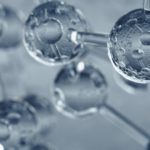
Two chemical management trends are gaining momentum in the textile industry. Managing input chemistry and greater chemical disclosure into formulations.
How can we help you?
Cattermole Consulting
Amanda Cattermole
amanda@cattermoleconsulting.com
415 412-8406
